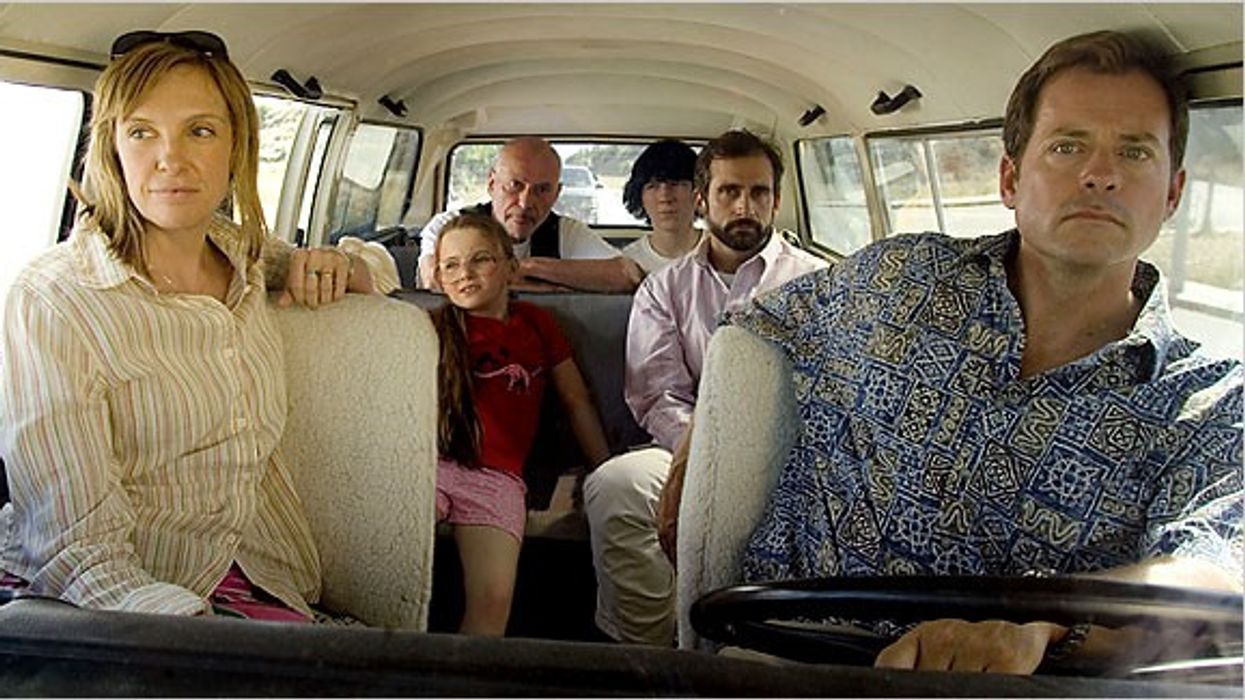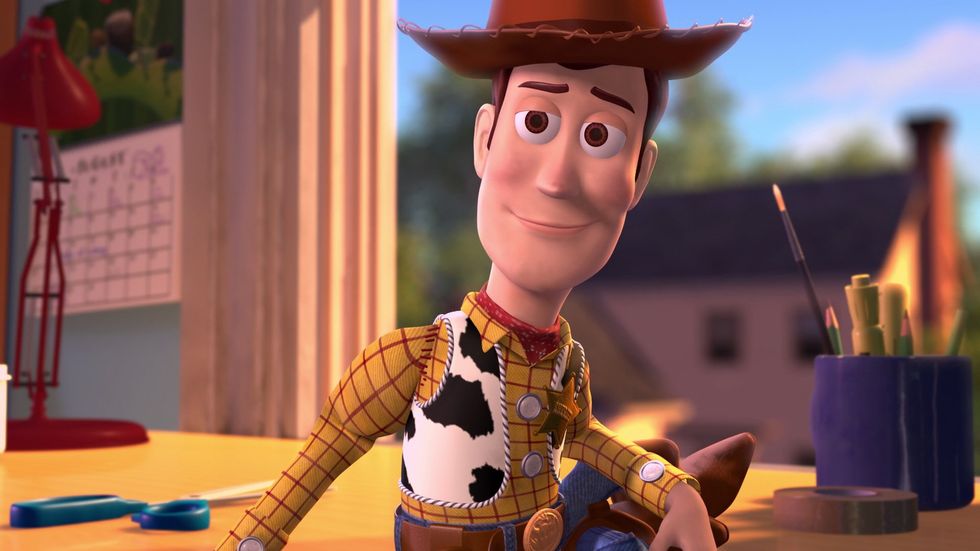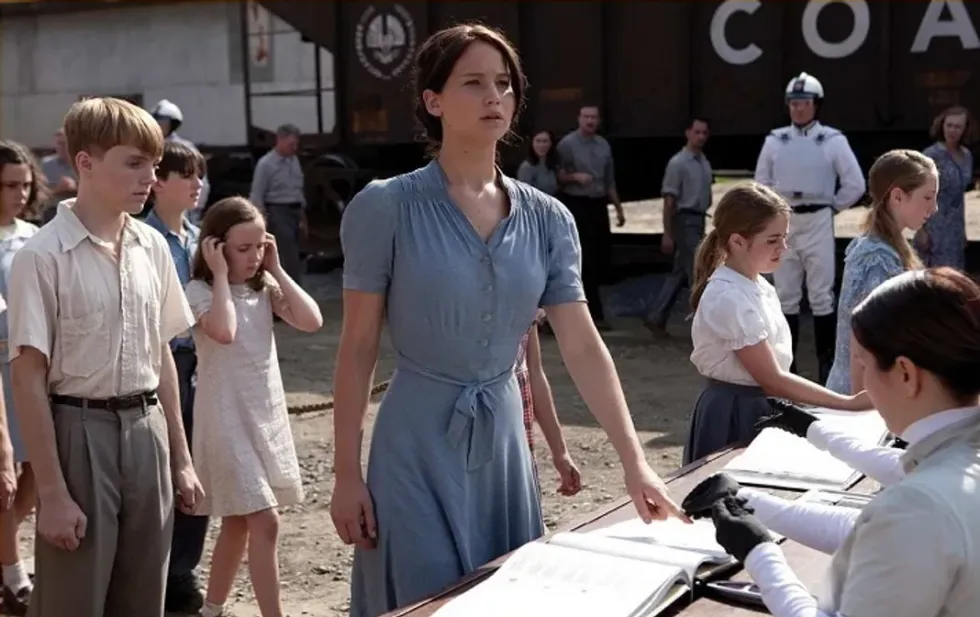Michael Arndt's Advice on Writing the Beginning of Your Screenplay
This A-list screenwriter takes you through the lessons he's learned writing some amazing movies.

Little Miss Sunshine
I started a new spec this week, and the first thing I did was go back to Michael Arndt's video on the subject to center myself. There's something calming about listening to a more experienced and wiser writer take you through the motions.
Beginning a screenplay is hard. You need to figure out how to introduce the characters, set up the stakes, and make sure the audience understands the tone.
Plus, you need to have a great first ten pages.
Today, I want to go over Michael Arndt's advice on all this via his video and talk about what the best beginnings do and how we can mimic them.
Let's dive in.
Michael Arndt on Beginnings
Before we jump into the Arndt advice, I want to throw my two-cents in here. You really have to stringently outline before you dive into a screenplay. It will save you so much time and contribute to writing a faster first draft.
When Arndt writes, he uses the metaphor of climbing a mountain blindfolded to describe the difficulty of writing a screenplay. He says that the hardest part is not the climb itself, but finding the mountain in the first place.
I think the outline helps find the mountain faster, at least for me. You can use the Pixar rules for storytelling, which Arndt uses heavily. They're also so helpful.
Arndt outlines a four-step process for setting up a story:
- Introduce your main character and their world. Show them doing what they love.
- Give your character a flaw that stems from their passion.
- Introduce storm clouds on the horizon, a threat to your character's world.
- Completely upend your character's life by taking away what they love most.
Let's go through them as well.
Toy Story's Beginning

Toy Story
Pixar
In the originalToy Story, Woody is introduced playing with Andy. Woody's passion is being Andy's favorite toy.
His flaw is that he takes this pride too far and can't share Andy's attention with anyone else.
The storm clouds appear when Andy's birthday is moved up, threatening to replace Woody with new toys.
When Buzz Lightyear arrives, Woody's life is turned upside down as he is no longer the favorite toy. Not only is he replaced, but he's replaced by a toy who doesn't even understand that he is a toy. To make matters worse, everyone is impressed by Buzz for the wrong reasons.
Woody makes the unhealthy choice of trying to get rid of Buzz, which leads to a crisis where the other toys confront Woody and tell him he has to find Buzz.
As you can see, everything hinges on Woody's internal and external conflicts.
Finding Nemo's Beginning

Finding Nemo
Pixar
Finding Nemo follows a similar structure. Marlin, a clownfish, is introduced living in an anemone with his son Nemo, after his wife and other children have been killed.
Marlin's passion is protecting Nemo, but his flaw is his overprotectiveness.
When Nemo ventures out into the open ocean, defying Marlin's rules, he gets kidnapped by a diver.
Marlin's unhealthy choice is to chase after Nemo into the open ocean, despite his fear of the unknown. And it anounces the goal of the movie: finding his son, Nemo.
The Incredibles Beginning

The Incredibles
Pixar
The Incredibles also introduces us to Bob Parr, also known as Mr. Incredible. Bob's passion is being a superhero, but his flaw is that he craves glory and doesn't want to share the spotlight.
When superheroes are outlawed, Bob's life is turned upside down when he loses his job and is forced to live a quiet suburban life.
How does this all apply to your writing?

The Hunger Games
Lionsgate
As you can see, there's a bit of a formula, or really just a brain exercise you can do when starting your own screenplay:
- Step 1: Show Your Hero Doing What They Love Most. Open with your protagonist in their comfort zone, doing something they're good at and that defines them. This establishes what's normal for them and sets the stage for disruption to come.
- Step 2: Add a Flaw. No one's perfect. Reveal a flaw, insecurity, or vulnerability that hints at limitations your protagonist will have to overcome.
- Step 3: Add a Storm. Introduce a conflict or inciting incident that disrupts the protagonist's world. This could be an external challenge or an internal struggle.
- Step 4: Add Insult to Injury. Make things worse for your protagonist. Pile on the pressure, forcing them to make a choice.
- Step 5: Make Your Character Pick the Unhealthy Choice. Your protagonist, driven by their flaw, makes a decision that seems reasonable in the moment but ultimately leads down a more difficult path.
Arndt's advice is to build off this foundation, but it is by no means prescriptive. It's just meant to get you thinking about your characters and your world.
Let me know what you think in the comments.

 Richard Gere and Uma Thurman in 'Oh, Canada' via Kino Lorber
Richard Gere and Uma Thurman in 'Oh, Canada' via Kino Lorber  Uma Thurman in 'Oh, Canada'via Kino Lorber
Uma Thurman in 'Oh, Canada'via Kino Lorber 









